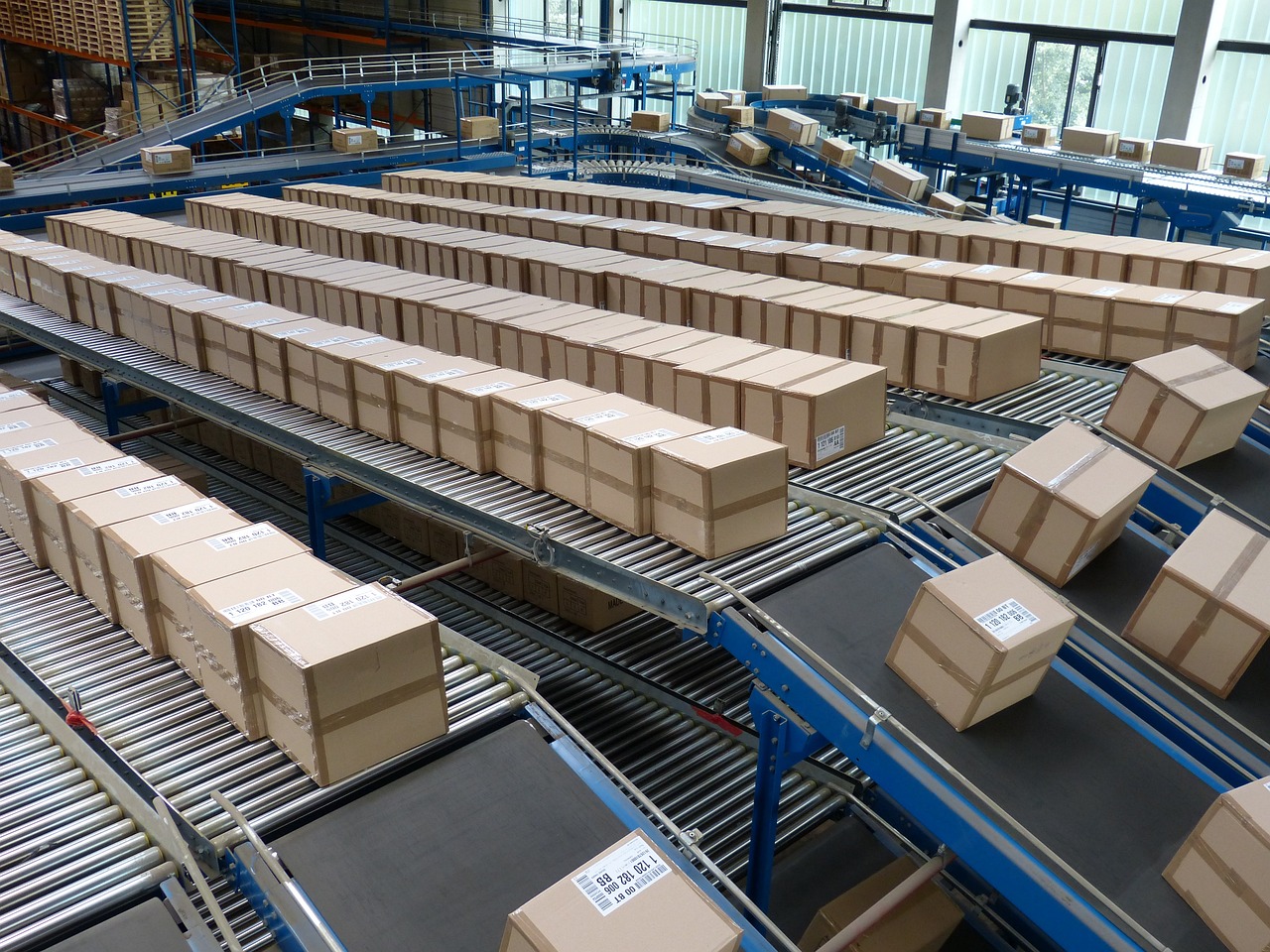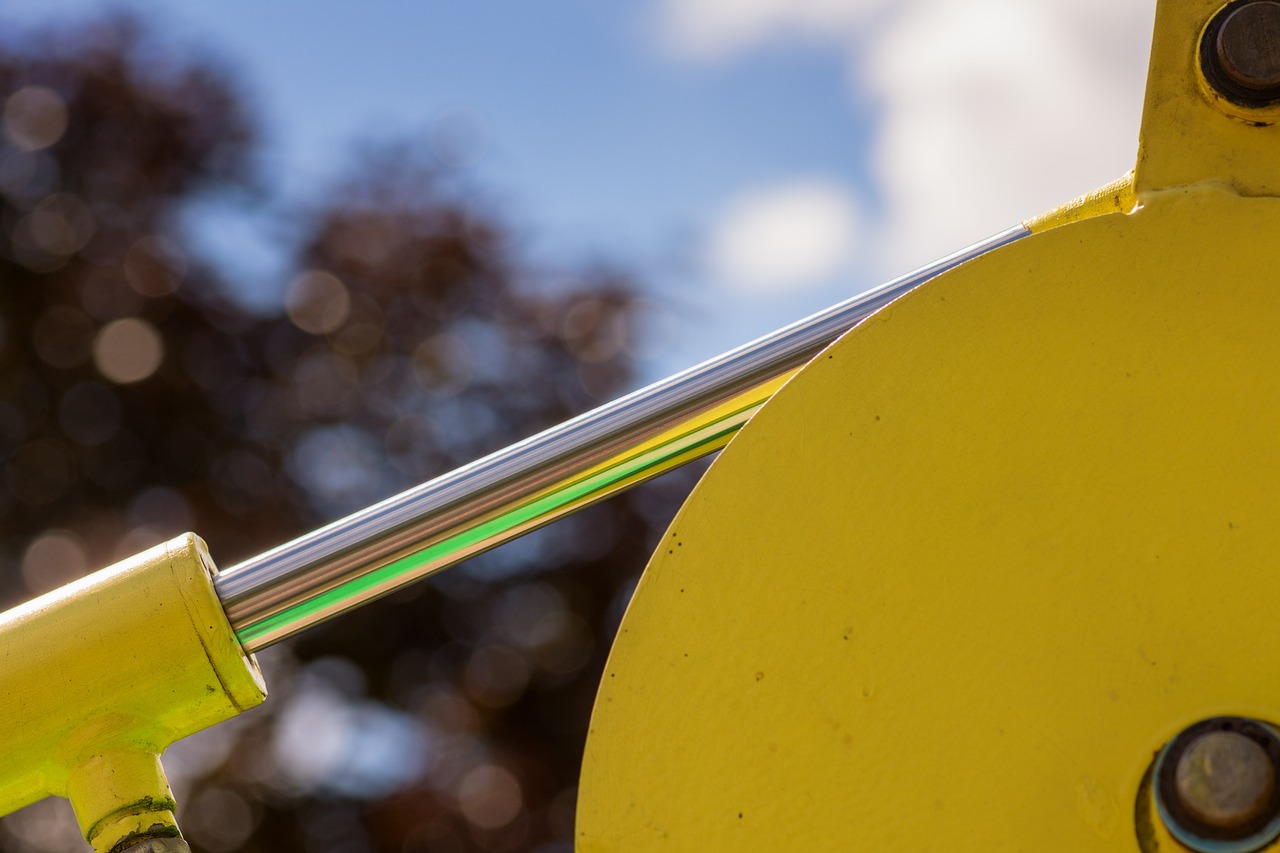Manufacturability is a key factor that determines design considerations when it comes to sheet metal fabrication Perth. Failure to consider this key aspect can translate to spending a significant amount of time redesigning enclosures and assemblies. The major reason for lack of manufacturability is usually the gap between design elements for sheet-metal parts and the actual fabrication on the shop floor.
Lack of in-depth knowledge about fabrication tools can easily compromise the engineer’s ability to develop an accurate design. This may lead to the design of models based on the so-called ‘ideal world.’ In that world, engineers do not have to worry about fabrication imperfections because there are none. This means tolerances and allowances would be always precise. There are no additional considerations, such as real-world material or shop floor behaviour.
However, engineers need to formulate designs that take into account factors like collars near hole, spaces between drilled holes and chamfers at the edges. In the real world, some features need alterations to accommodate a variety of key factors. When ignored, this gap can prove costly because it can cause delays and material wastage. The overflowing engineering change orders (ECOs) and redesigning creates a vicious cycle and unwanted inefficiencies, which can be prove difficult to rectify.
Closing the gap is an unavoidable requirement in a bid to eliminate sheet metal fabrication errors and costly revisions. A Design for Manufacturability (DFM) strategy makes it easier to achieve this objective. The strategy is aimed at ensuring that engineers do not lose track of manufacturability factors when working on sheet-metal designs. This plays a key role in minimizing or eliminating the possibility of errors by merging the ideal and real world.
A DFM strategy helps simplify designs and brings down the number of parts counts. It recommends the standardisation of parts with the aim to use them multiple times in various applications. Design for Manufacturability (DFM) enables engineers to identify designs that are easier to manufacture by providing technical insights during this vital process.
Some of the critical aspects of efficient designing include specifying the location, size and alignment of holes. Experts recommend specifying hole diameters that are relatively larger than the sheet metal’s thickness. This is aimed at preventing longer burnish in holes, higher punch loading, slug-pulling when removing the punch and excessive burr. Slug-pulling has been shown to adversely affect the life of the metal sheet and punch.
Additionally, it is important to consider spacing between holes to ensure strength of the metal. This also helps prevent the deformation of holes during the bending or forming stages.






